Choice of Artworks
Unless groups comes with very specific lists of what they wish to see, selecting objects and cultural resources for your tour is a chance to incorporate a diversity of artists, materials, and eras to provide more of a global group experience and exposure to many artistic voices in Mia’s collection.
Taking the example of the adult tour with a theme on how 20th-century artists were influenced by the natural world, here is a diverse list of objects and belongings in our collection that fit within the theme:
 Figure 1
Figure 1
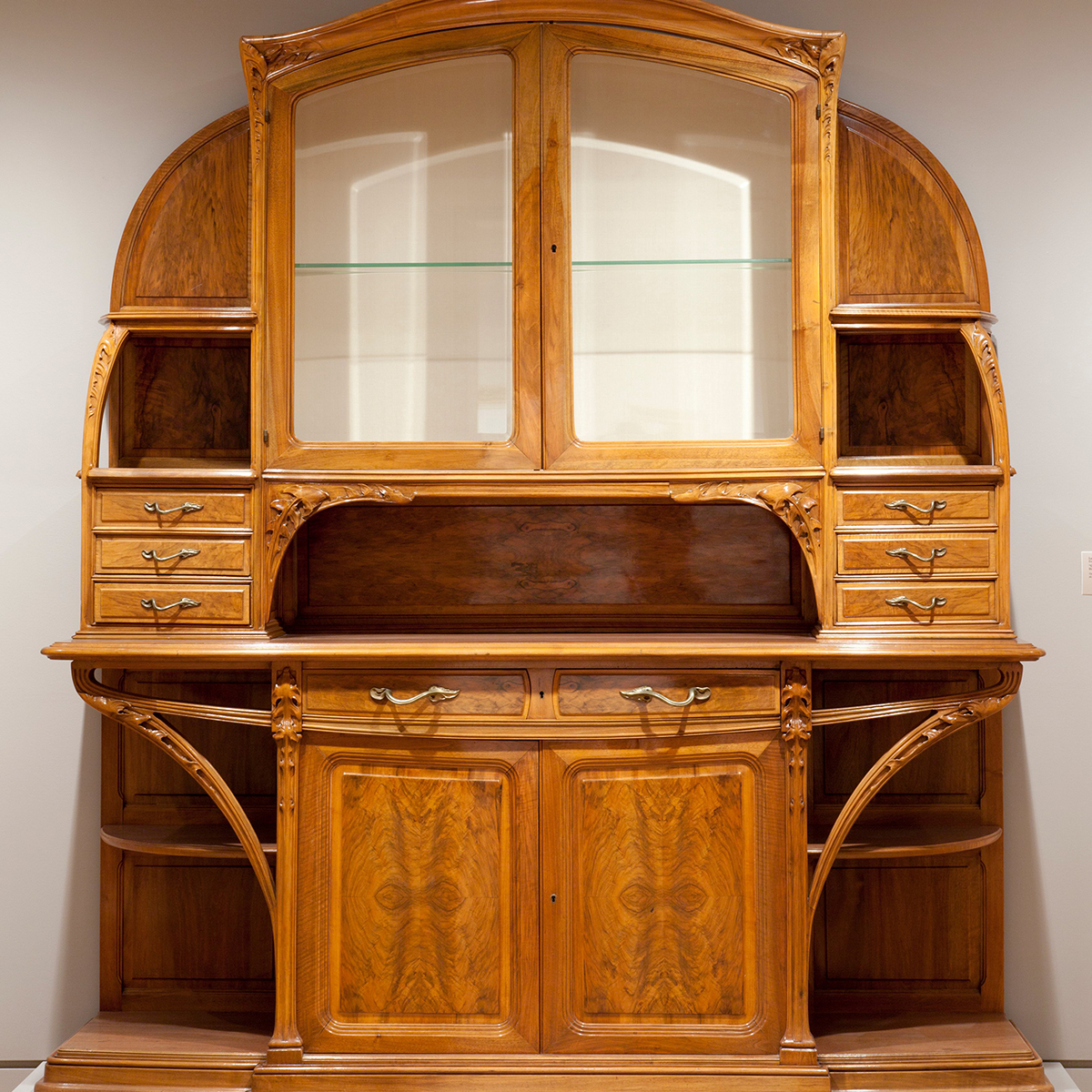 Figure 2
Figure 2
 Figure 3
Figure 3
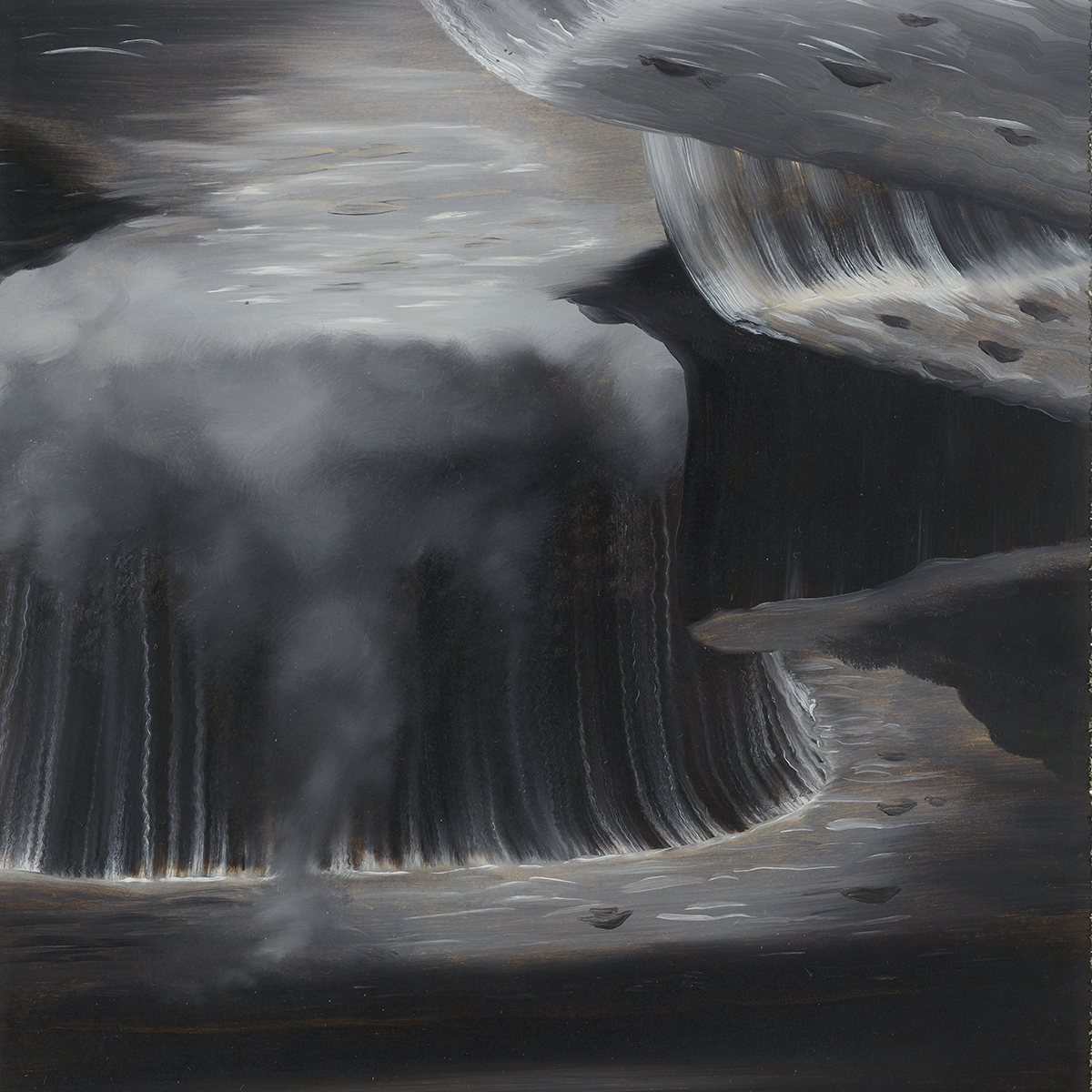 Figure 4
Figure 4
 Figure 5
Figure 5
 Figure 6
Figure 6
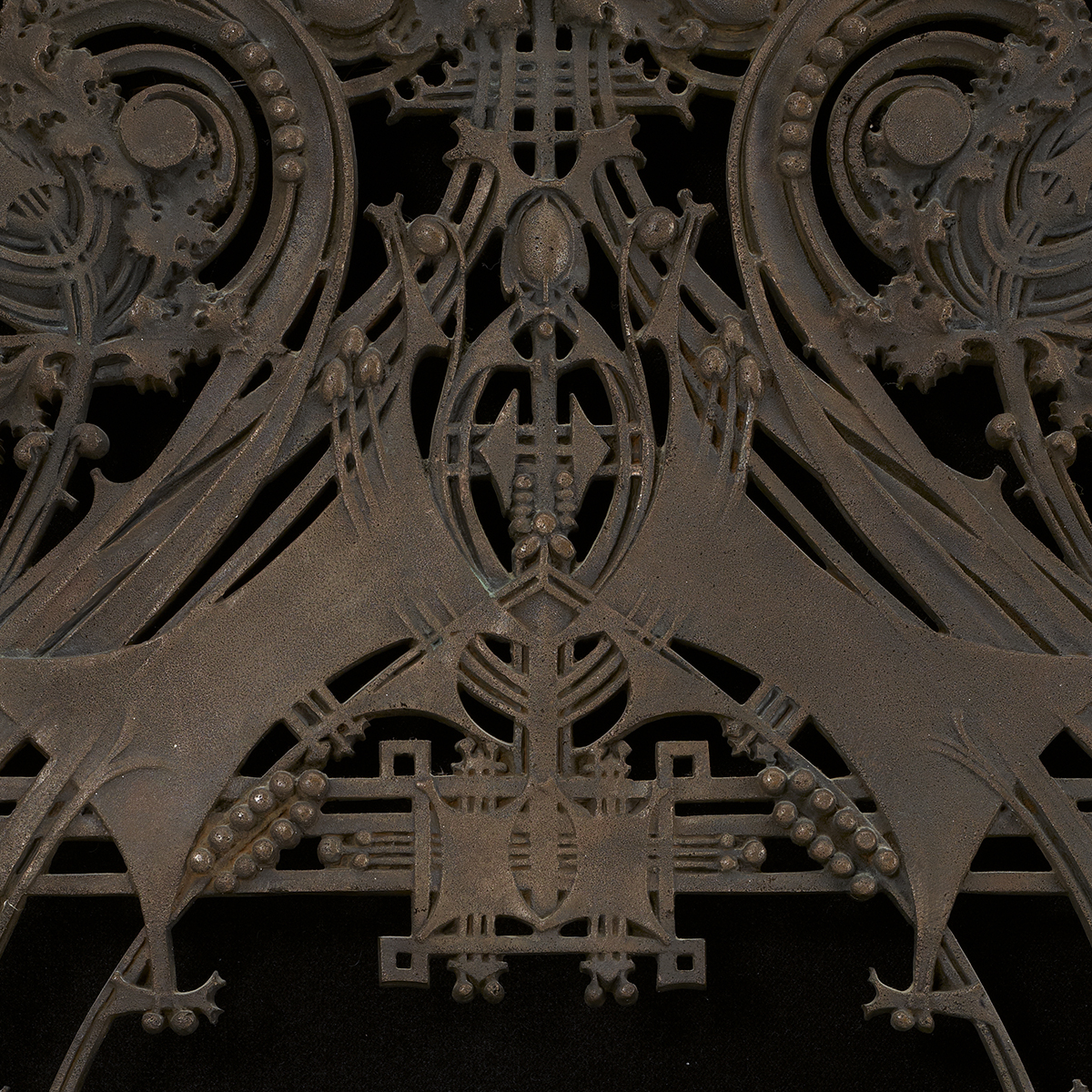 Figure 7
Figure 7
 Figure 8
Figure 8
 Figure 9
Figure 9
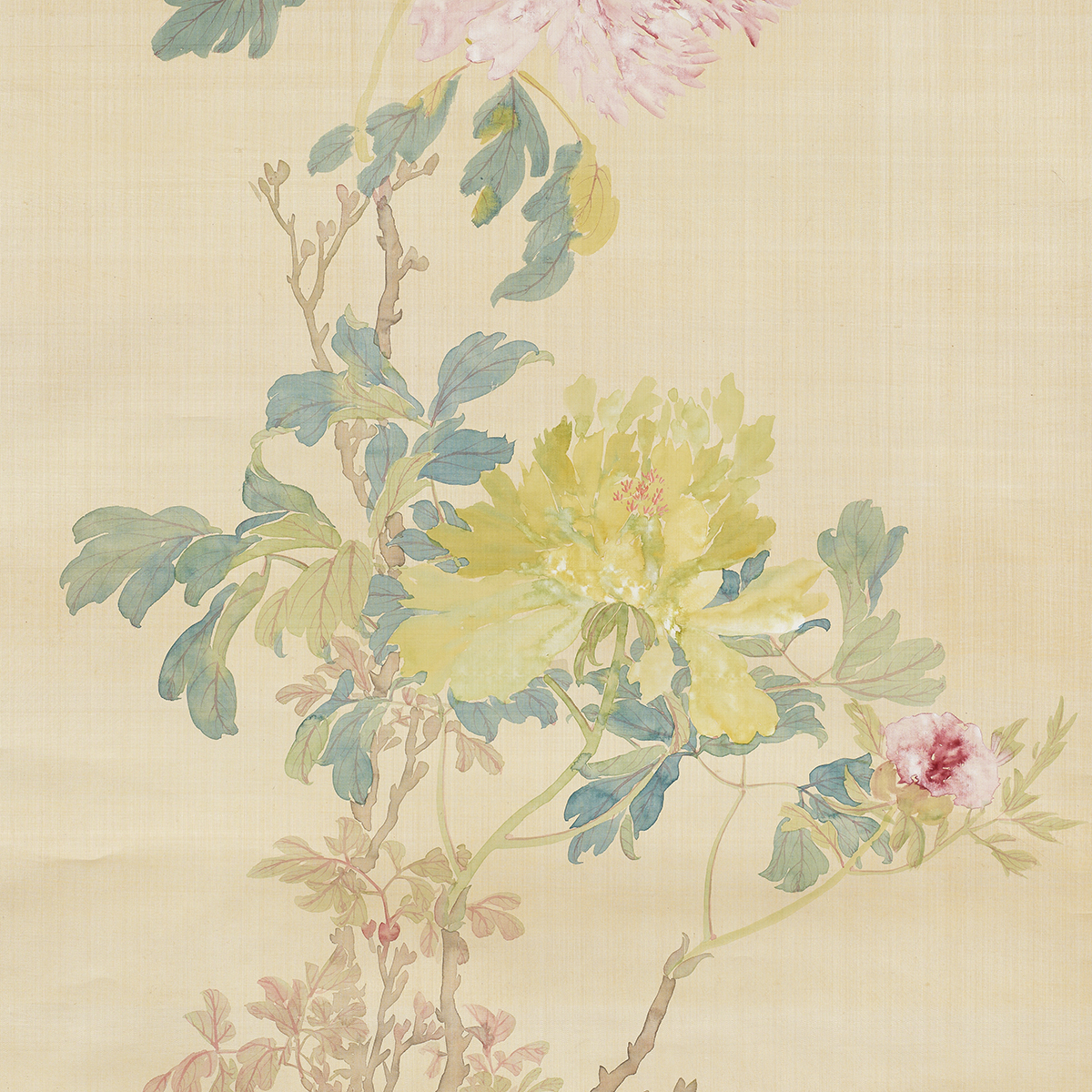 Figure 10
Figure 10
For the example of the student-tour theme focused on insects, here is a diverse list of choices within the collection:
 Figure 11
Figure 11
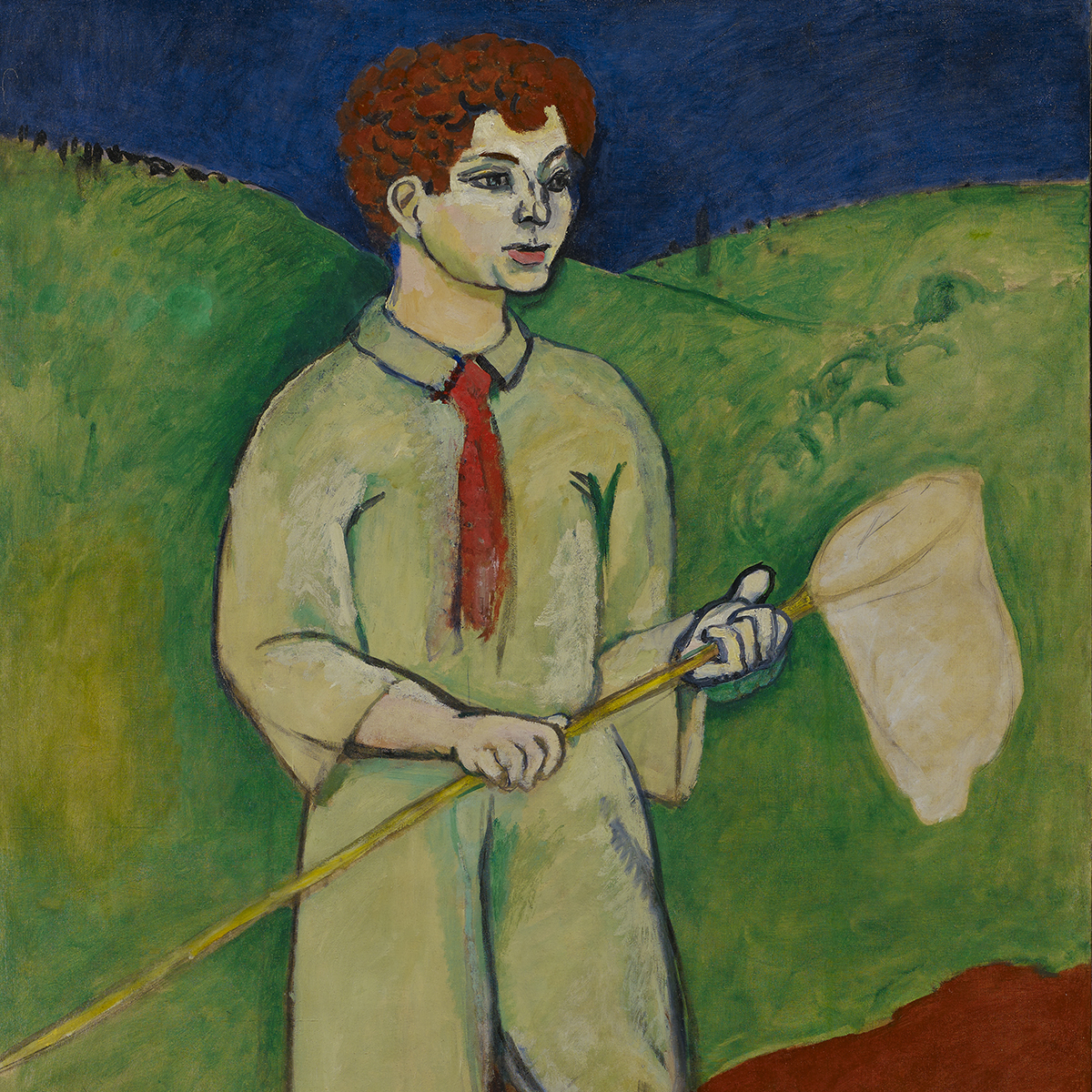 Figure 12
Figure 12
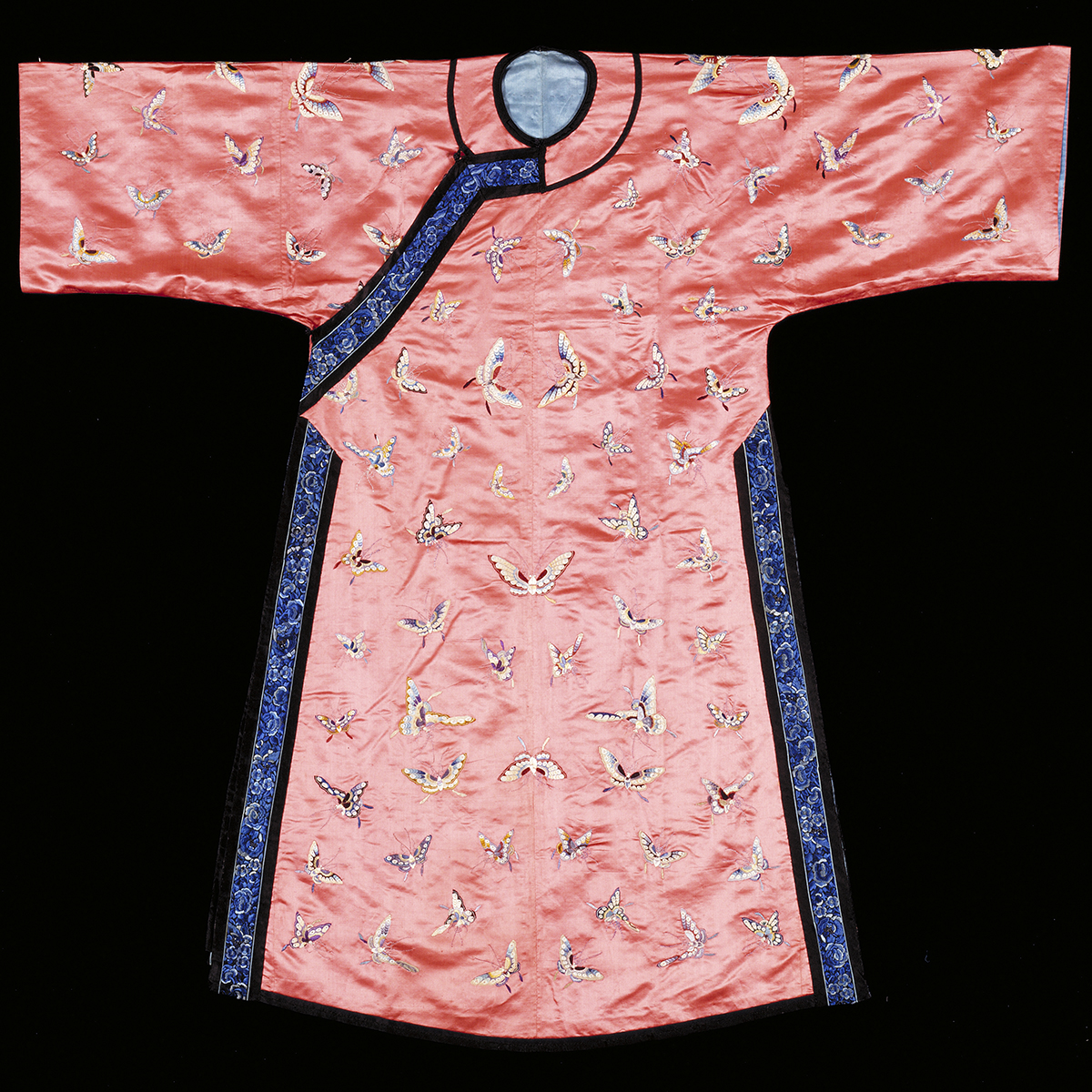 Figure 13
Figure 13
 Figure 14
Figure 14
 Figure 15
Figure 15
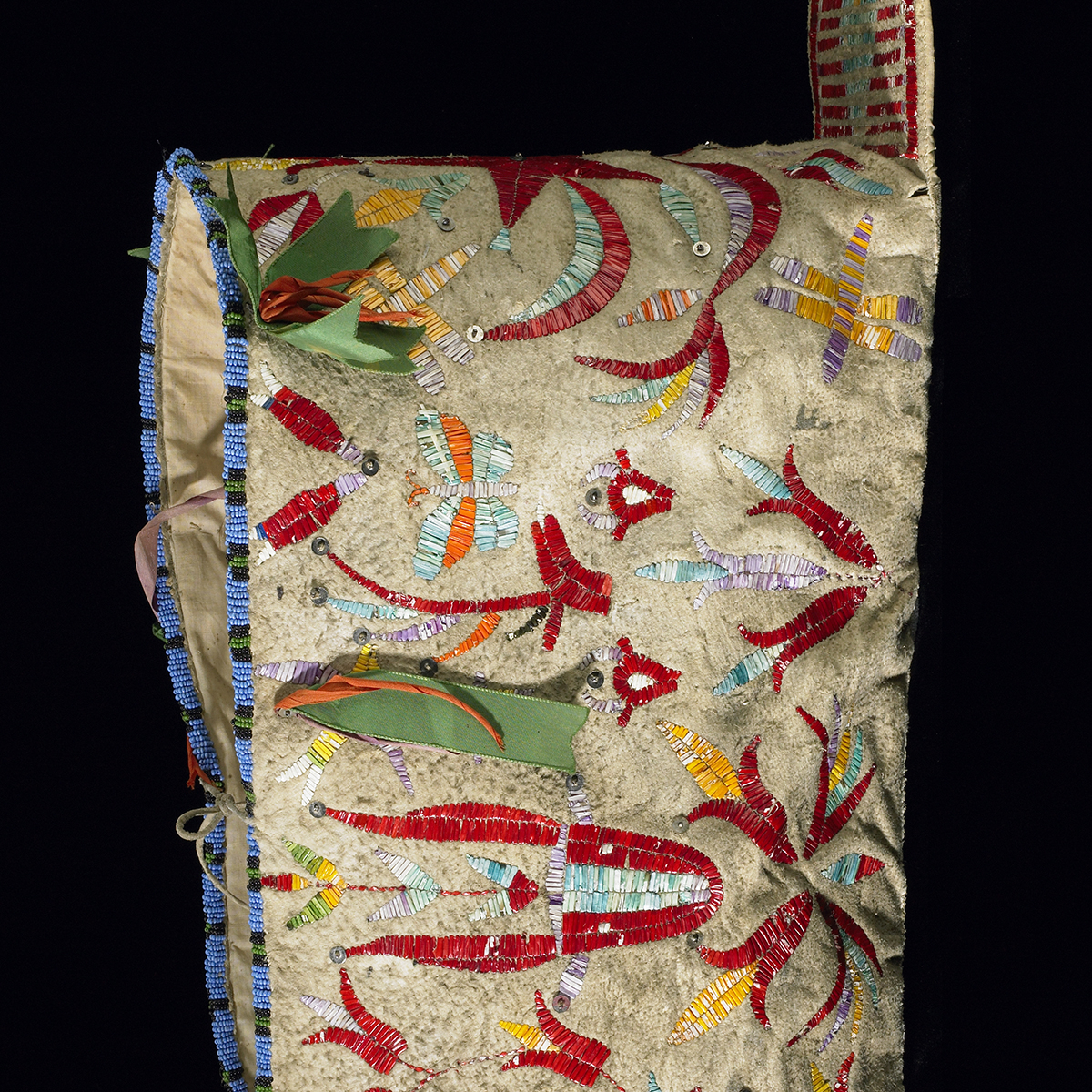 Figure 16
Figure 16
 Figure 17
Figure 17
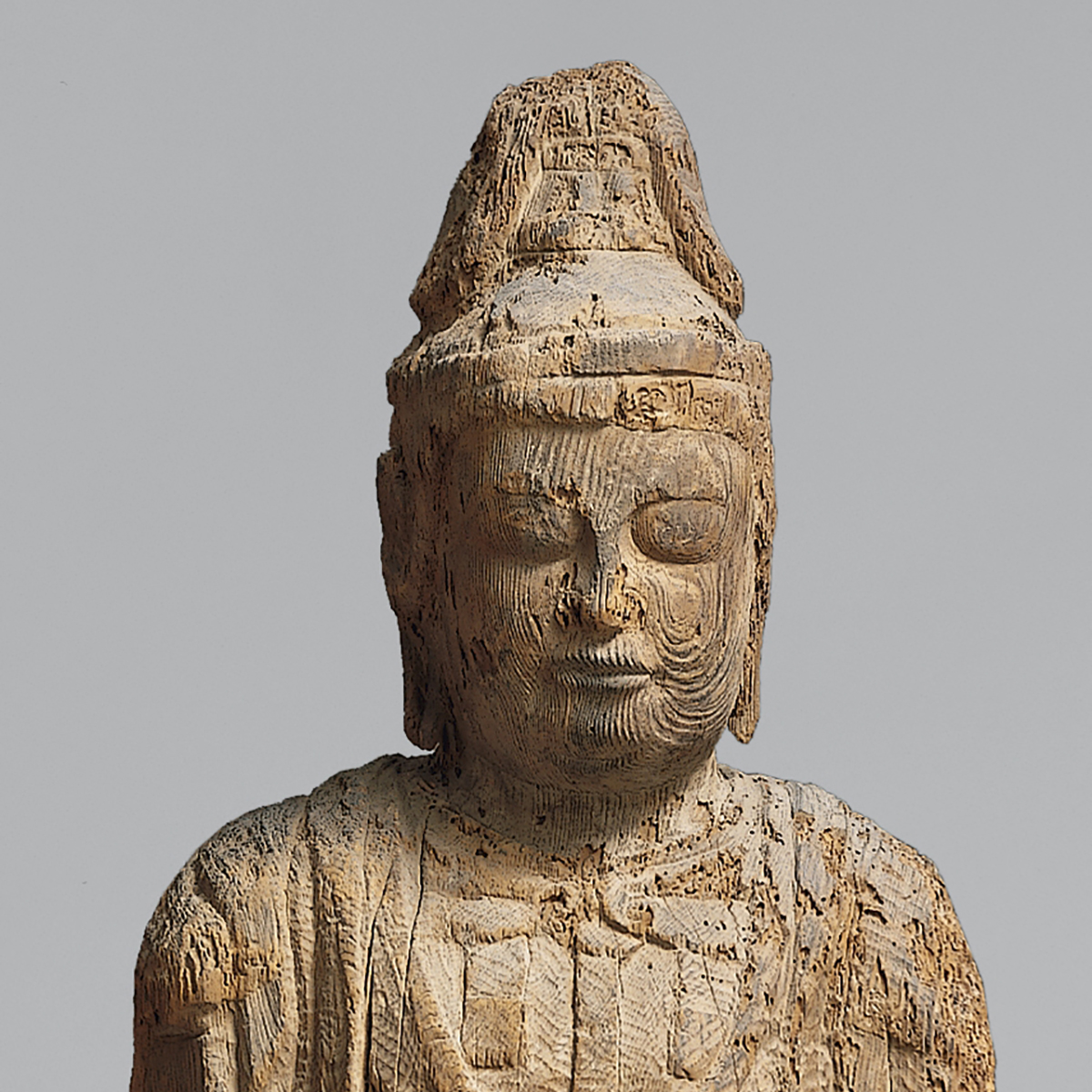 Figure 18
Figure 18
 Figure 19
Figure 19
 Figure 20
Figure 20
Limit the number of artworks on the tour. For a one-hour tour, featuring six to eight artworks is preferred. This number allows time for observation and discussion at each stop. If too many objects or belongings are included, the tour becomes more of a monologue, with the docent’s or guide’s voice dominating. Have a couple of extra artworks in mind for backups if you are unable to get to certain stops.
Notes
- Jaclyn Roessel, Restoring Indigenous Perspectives, Museum, July-August 2019. ↩